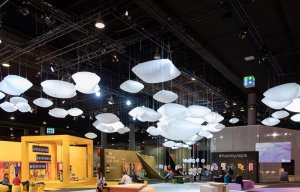
Top-flight programme for contract sector at Heimtextil
For Heimtextil, Jennifer Castoldi, creative director of Trendease International, developed the concept and design for an extraordinary curated exhibition for HP.
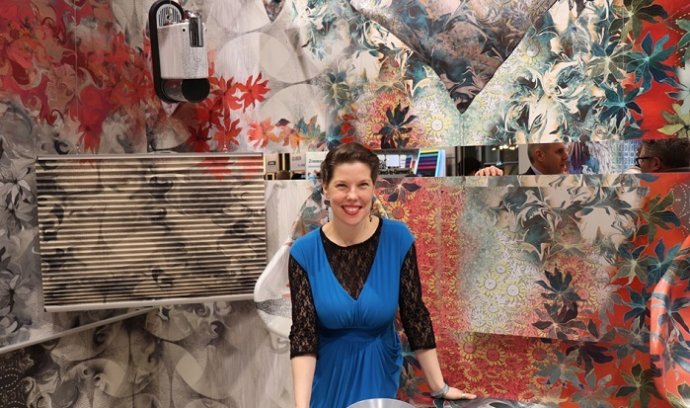
22nd January 2019
Innovation in Textiles
|
Frankfurt
For the Heimtextil 2019 home textiles show in Frankfurt, Jennifer Castoldi, design consultant and creative director of Trendease International, developed the concept and design for an extraordinary curated exhibition for HP.
In an explosion of closely co-ordinated colour, it demonstrated the sheer diversity of materials that can now be digitally printed with HP’s latest latex technology.
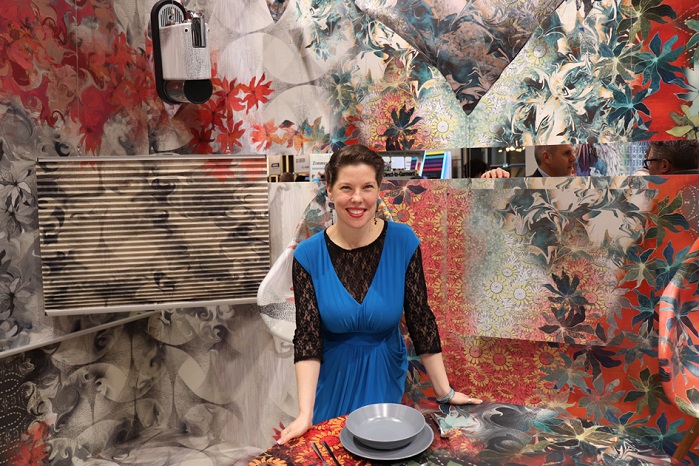
“This is the second time I’ve arranged the display for HP, having worked in a consulting capacity with the company for the past six years,” she said. “My team and I attend over 100 design events each year in order to identify the latest hot material innovations. Digital printing continues to open up new possibilities for designers operating in the home textiles field and while last year’s Heimtextil display focused on individual rooms in order to demonstrate potential applications around the home, this year I used very different digitally-printed components to make a cohesive whole.”
HP’s newly-launched DesignJet Z9 Series, Latex 570 and Sprout were all displayed and demonstrated at the Frankfurt show.
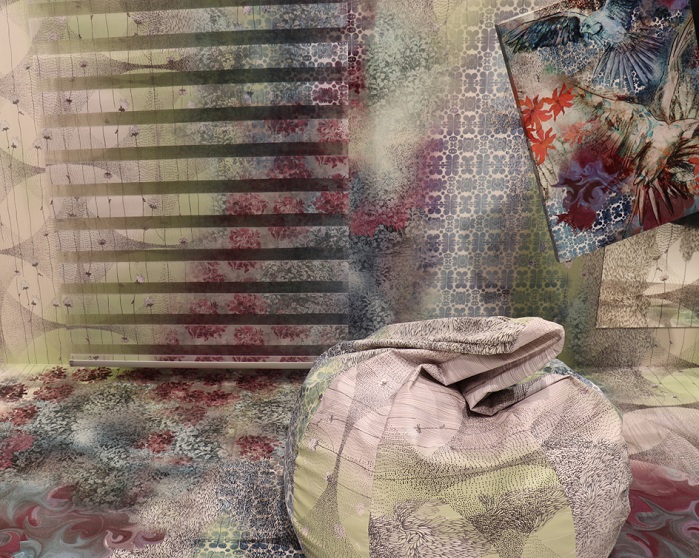
“Heimtextil is a very visual show and visitors don’t want to see just machines, but also the end-results of what they can do,” Castoldi said. “HP’s latex printing system is so very versatile, with over 2,000 registered substrates that can be printed. The starting point in the development of HP’s technology for home textiles – having initially been positioned at the signage industry – was the wall, as the biggest single canvas in the home, and then moving on to window coverings and now with a much greater focus on textiles.”
Materials
A key trend in home textiles now is materials innovation, she added.
“The industry is looking at new materials to progress towards a circular, renewable economy and I believe technical textiles will become increasingly important within home textile designs, with developments by sports brands such as Nike being highly influential and treatments such as antimicrobial and antibacterial coming to be part of the common vocabulary.
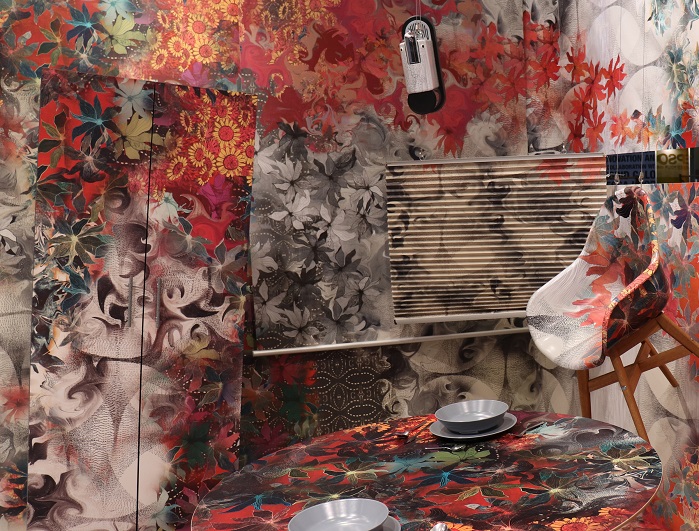
“Cross-border collaboration between designers and the entire supply chain is very important for coming up with original and unique concepts. I believe all the companies are getting more into collaboration and the phrase ‘micro factories’ keeps coming up. HP’s technology is totally scalable, from catering to independent designers to multi-billion dollar companies who have bought many machines.”
Some 37 different materials were digitally printed on 50 separate items for Castoldi’s HP display by print surface designer Jennifer Hunt, including vinyl, glass, films and brushed aluminium, as well as eco-leathers and a range of fabrics based on recycled fibres, plastic bottles and even reclaimed marine waste.
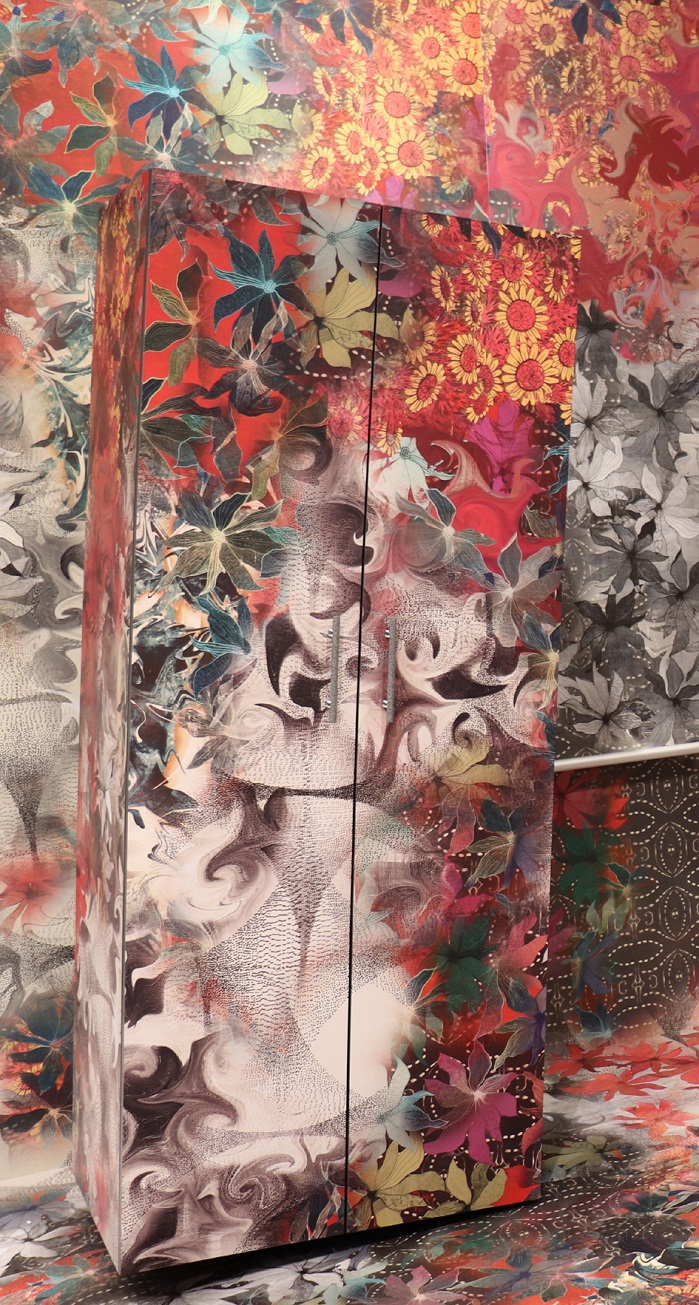
“These are just a few examples of the sustainable materials now being used for positive action,” Castoldi concluded. “Sustainability and well-being will both help the home textiles industry to grow.”

Business intelligence for the fibre, textiles and apparel industries: technologies, innovations, markets, investments, trade policy, sourcing, strategy...
Find out more